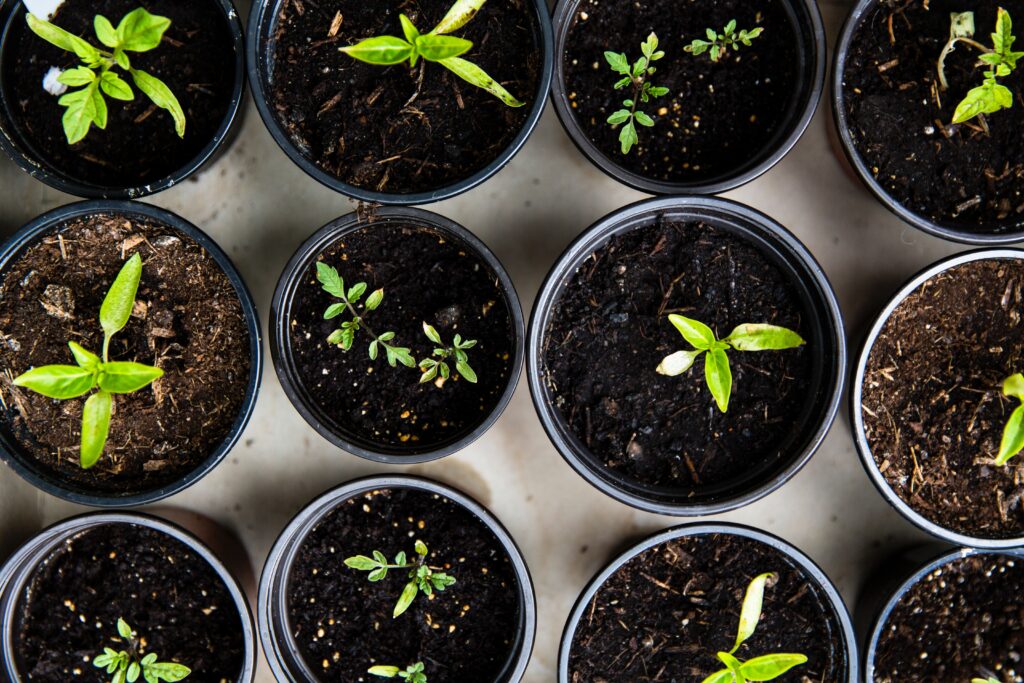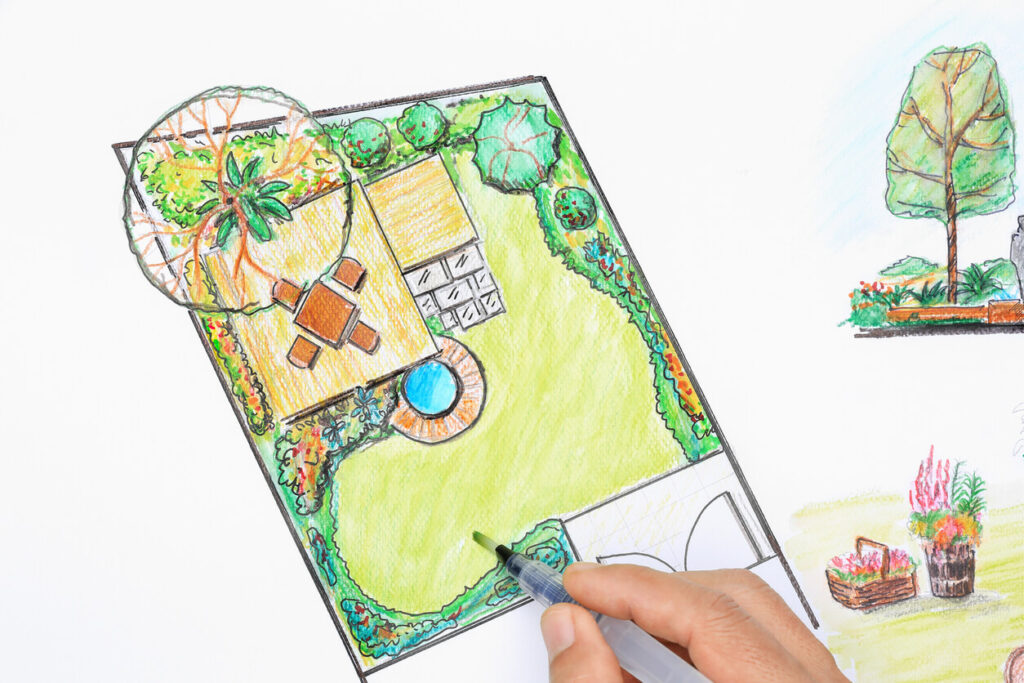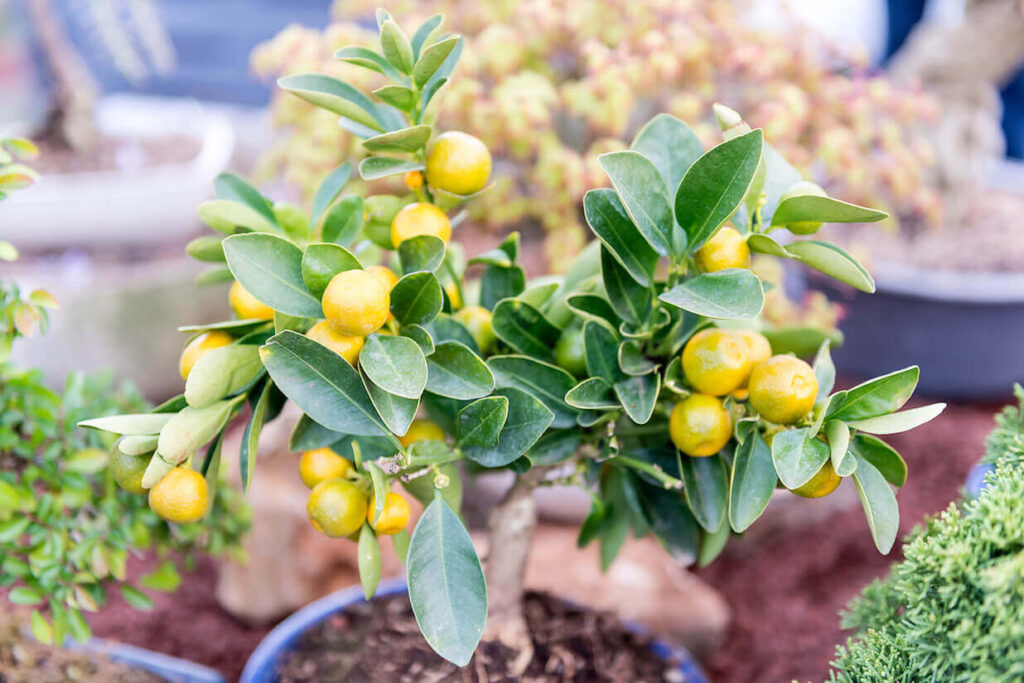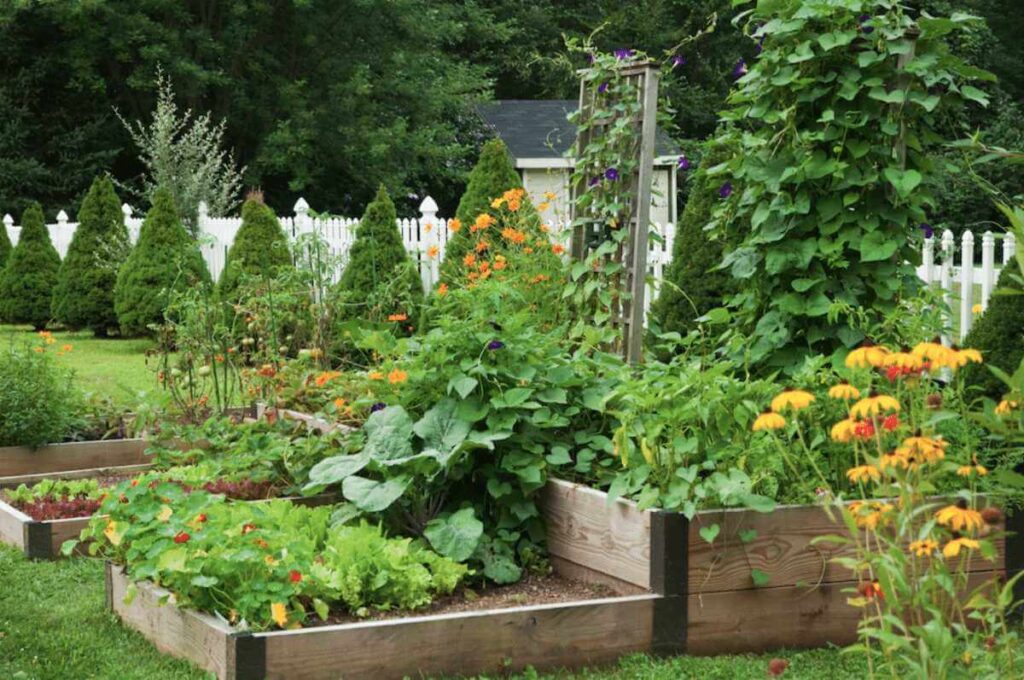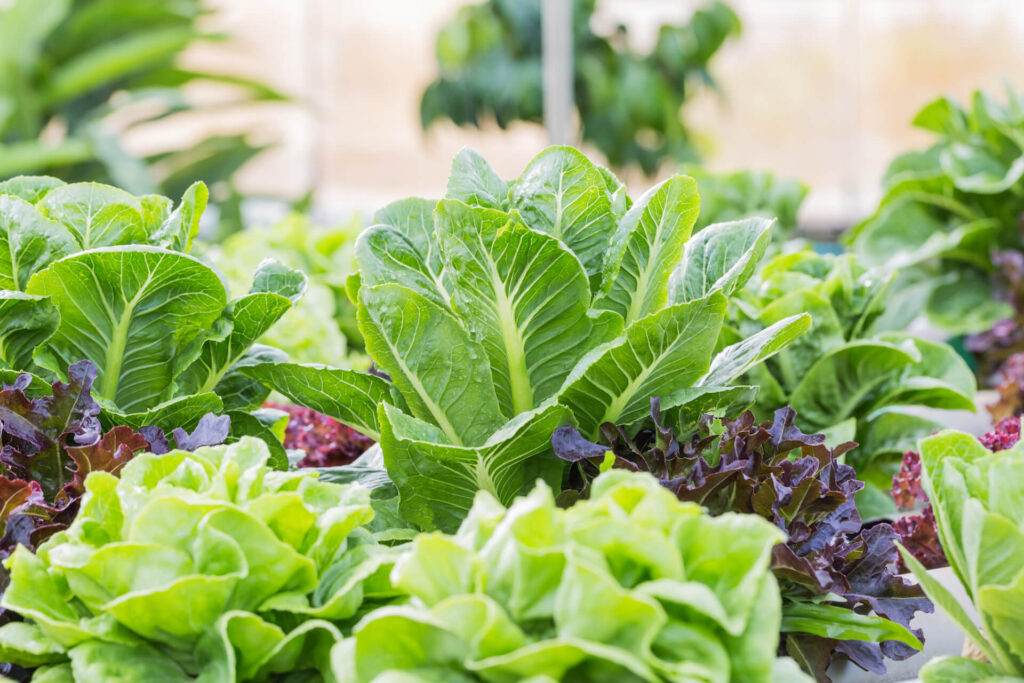Jewels of the garden, otherwise known as tulips, come in a wide variety of colors that range from solids to variegated. The petals form a beautiful cup-like shape and have decorative stamens. They make a bold statement in the yard and look stunning when paired with hyacinth and daffodil cultivars.
As winter draws closer, tulips are a joyous and cheery treat. Tulips can be grown in various conditions as they are hardy perennial plants that will thrive when planted in the right conditions. Tulips will grow fine naturally in planting zones 4 – 10, but they require special care in warmer zones 8 – 10. Check out our tips on planting tulips to grow beautiful flowers in your garden year after year!
How to Choose the Best Tulip Bulbs for Planting
You can purchase tulip bulbs at most garden centers or from bulb-farm catalogs. Your garden will shine all spring if you plant several tulip varieties with different bloom times and colors.
After you have purchased bulbs, it is important to plant them as soon as possible. Tulip bulbs are not meant to be in direct sunlight. Before you plant your bulbs in the ground, pay attention to their appearance. You want tulip bulbs with rounded edges that are firm and dry. It would be best if you threw out any bulbs that appear squishy or moldy, as well as those that have lost their outer layer of paper.
The Ideal Soil Composition and pH for Planting Tulips
Your soil should be fertile and well-drained with a pH between 6.0 and 7.0 for tulips to thrive. Bulb success is dependent on soil drainage, and bulb failure is possible and common if the soil is too wet.
Spacing Tulip Bulbs
Tulip bulbs should be planted 4 to 6 inches from each other, depending on how dense you want your flower display to be.
When to Plant Tulip Bulbs
The autumn months are the best time to plant tulip bulbs so that they can grow in full sunlight before anything freezes. This gives bulbs the time they need before winter sets in to grow in the ground so they are ready for the spring. In general, tulip bulbs should be planted when temperatures are between 40 and 55 degrees Fahrenheit overnight.
USDA Grow Zones can have different planting times.
Bulbs in lower-numbered zones should be planted from September through October. Those in warmer climates may plant bulbs in November or December. Before tulips can emerge from the soil in spring, they need to be chilled for at least 10-16 more weeks. Cool temperatures stimulate the growth process within spring-blooming bulbs. This is the best time to plant bulbs because they will establish themselves before entering the cooling phase, which allows for a better spring bloom. Because they are harvested during the summer, healthy tulip bulbs can also be purchased at this time.
Planting Tulips
When planting bulbs, the flattened sides of the bulbs’ root ends should be facing down. The pointed end should face upward towards the soil surface. You can use your best judgment to determine which side you are referring to. If you plant tulip bulbs small enough, they will be able to adjust their positions after the sun’s warmth or watering.
- Choose the best spot for your bulbs that will avoid root competition. Having this can sap the needed nutrients and moisture from your tulip bulbs. If soil conditions are poor or flowering fails, check your soil and amend as necessary.
- Although tulips thrive in the sun, they can become heat stressed. Protect your tulips from the scorching afternoon sun in warmer areas by planting them in areas with some shade.
- Mix well-decomposed compost into the planting bed. Dig holes eight inches deep and four to six inches apart. You can plant very large bulbs slightly deeper.
- Place one bulb into each hole with the pointed end up.
- Cover the bulbs with soil and gently fill the soil back into the hole. Firmly pack the soil in and gently press it down.
- Add mulch to regulate moisture levels, insulate bulbs, and protect the soil against heaving or eroding during winter.
When to Water Tulips
After planting bulbs, water them immediately, but don’t allow water to pool in the area you are planting your tulip bulbs. This will activate the bulb’s growth process. Tulips should be watered daily when no rain is forecasted.
Tulip Diseases and Pests
You should be on the lookout to spot signs of disease in tulips. The best way to protect your tulips from infection is to plant them in well-drained, fertile soil. Keep an eye out for potential problems with your bulbs and plants and take immediate action to eliminate them.
- Pythium Root Rot – New shoots might not develop after root rot has set in. Also, the bulbs may develop brown or soft gray spots. This disease can be reduced by ensuring adequate drainage.
- Botrytis Blight – Also known as tulip fire, this fungal infection can affect all parts of the tulip plants, including stems, flowers, petals, and bulbs.
- Stem & Bulb Nematodes – Bulbs can develop gray to brown spongy patches. Bulbs may feel lighter than they were at planting time, and the bulb’s interior might be more mealy.
Deer and squirrels love to munch on tulip flowers, while moles and voles are more likely to engorge on bulbs after they have been planted. Try sprinkling chili powder on and around your plants to deter wildlife, such as deer, from destroying your garden bed and bulbs.
